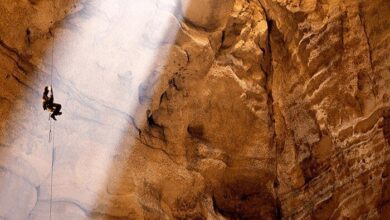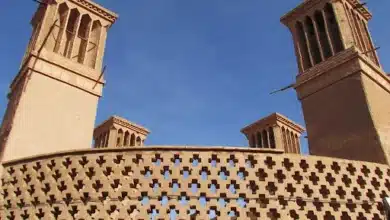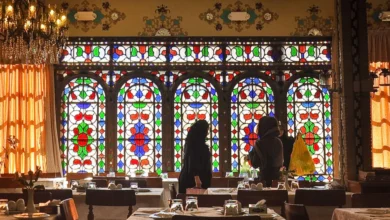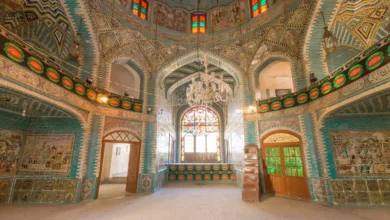Alamut Castle: Iran’s Legendary Fortress of the Assassins
Alamut Castle: A Medieval Masterpiece

Perched high in Iran’s Alborz Mountains, Alamut Castle stands as a testament to medieval ingenuity and mystery. Known as the “Eagle’s Nest,” this historic fortress served as the stronghold of the Nezari Ismailis, a Shia Muslim sect led by the enigmatic Hassan-e Sabbah.
From 1090 to 1256, Alamut was the heart of a rebellious movement that defied empires through strategic assassinations and intellectual pursuits. Why does this ruined castle still captivate travelers? Its blend of history, legend, and breathtaking scenery makes it a must-visit for first-time explorers.
This article dives into the castle’s storied past, its cultural significance, and practical tips for visiting.
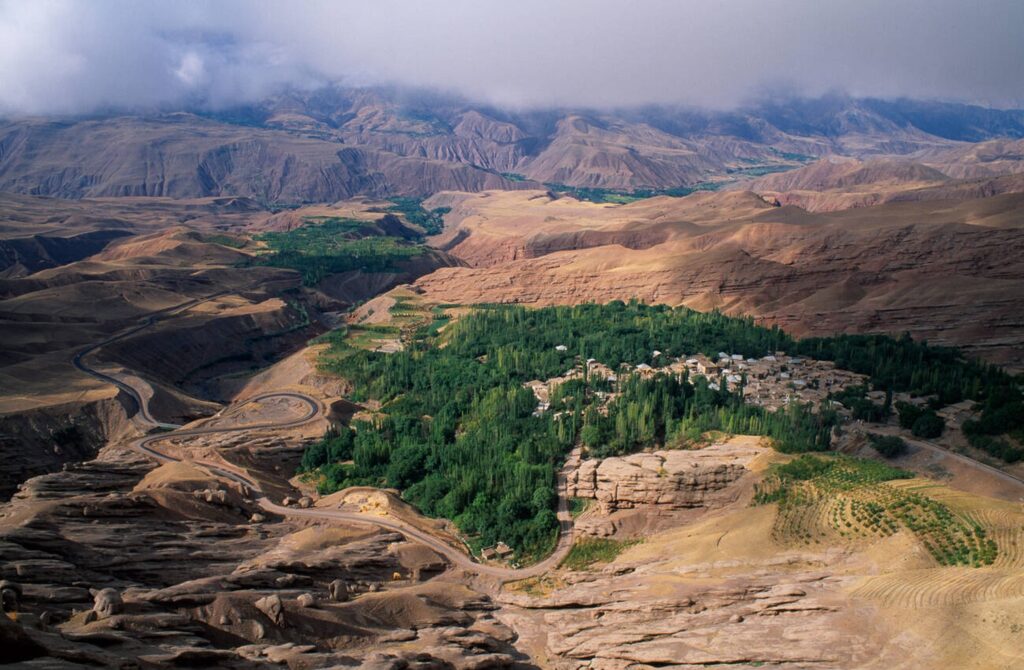
Contents
Origins of Alamut Castle
What inspired a king to build a fortress in such a remote location? Around 840 AD, the Justanid ruler Wahsudan ibn Marzuban, a follower of Zaydi Shi’ism, founded Alamut. During a hunting trip, he spotted an eagle perched on a rocky outcrop.
Recognizing the site’s strategic potential, he constructed a castle named Aluh Amut, meaning “Eagle’s Teaching” or “Nest of Punishment.” Located 1800 meters above sea level in Qazvin Province, the fortress leveraged natural defenses—cliffs, rivers, and narrow valleys—making it nearly impregnable. Only 30% of its original 20,000-square-meter structure remains, yet its ruins evoke a powerful sense of history.
Strategic Design and Architecture
Alamut’s Iranian architecture blended functionality with the landscape. The castle featured quadruple walls, a lower and upper section, and limestone-lined storage rooms to preserve supplies during sieges. Terraced fields in the surrounding valley supported crops like wheat and barley, ensuring self-sufficiency.
A sophisticated irrigation system maximized arable land, showcasing advanced engineering. Travelers today marvel at the ruins’ integration with the rugged terrain, a testament to medieval Persian craftsmanship.
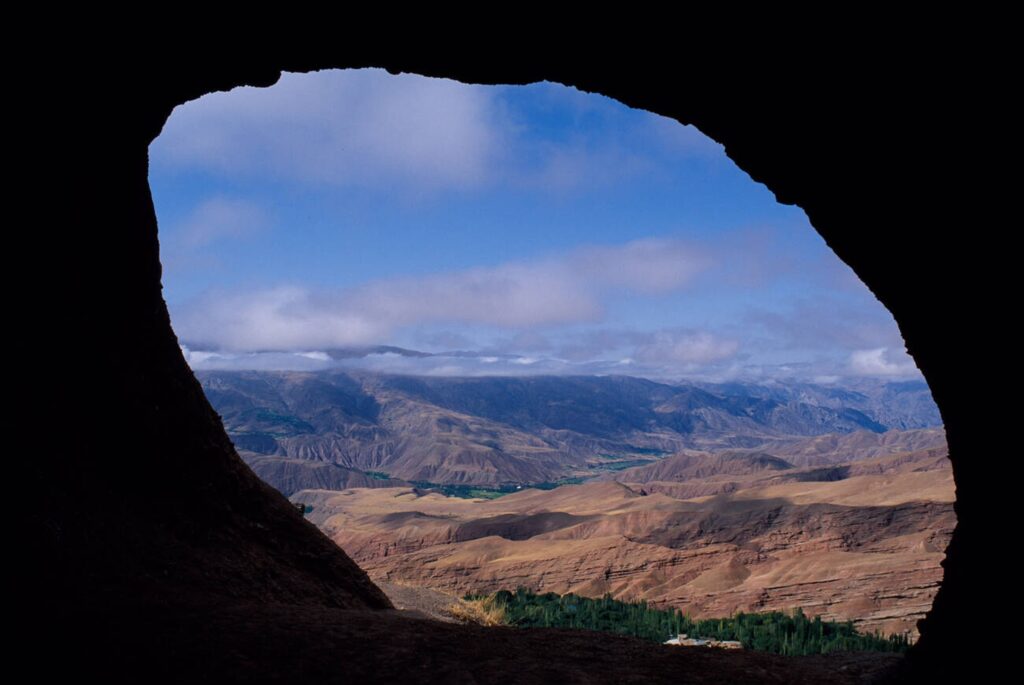
Hassan-i Sabbah and the Nizari Ismailis
Who transformed Alamut into a legendary stronghold? Hassan-e Sabbah (1050–1124), a brilliant scholar and Nizari Ismaili leader, seized the castle in 1090 AD. Born in Qom, Hassan’s quest for religious and political autonomy led him to challenge the Seljuq Empire, a Sunni dynasty oppressing Shia Muslims.
Disguised as a schoolteacher named Dehkhoda, he infiltrated Alamut, converted locals, and gained the loyalty of the castle’s guards. In a bloodless coup, he ousted the Zaydi lord Mahdi, paying him 3000 gold dinars for the fortress. This marked the start of Alamut’s role as the Nizare Ismaili headquarters.
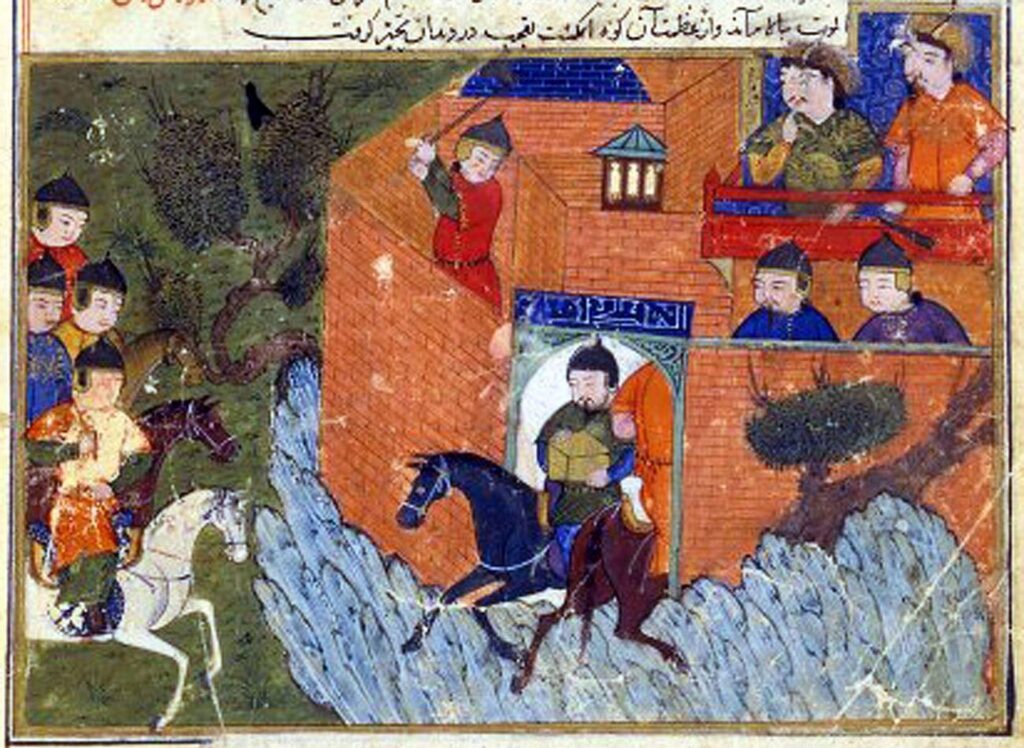
The Nizari Ismaili Mission
The Nezari Ismailis, a branch of Shia Islam, emerged from a succession dispute in the 8th century. Under Hassan’s leadership, they became a formidable force, using Alamut as a base to resist Seljuq tyranny. Hassan fortified the castle, built a renowned library, and attracted scholars, philosophers, and scientists.
The fortress housed astronomical instruments and rare manuscripts, fostering intellectual freedom. Travelers can imagine the vibrant debates that once echoed through its halls, a stark contrast to its current silence.
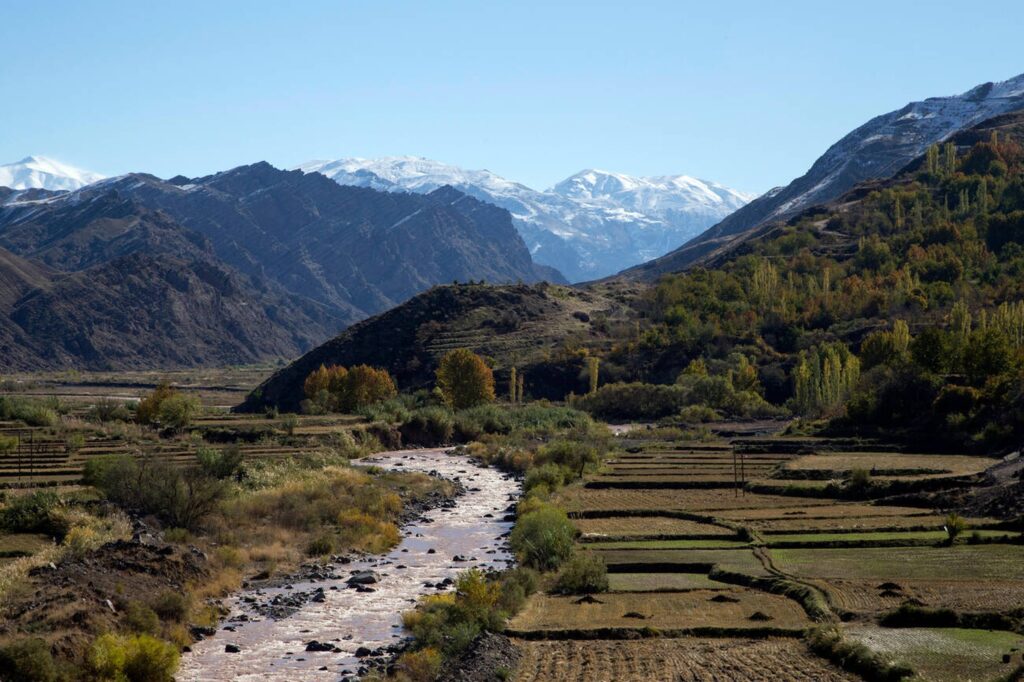
The Assassins: Myth and Reality
Why are the Nizari Ismailis called the Assassins? The term, derived from the Arabic “hashishi” (meaning outcasts or rabble), was used pejoratively by their enemies. Hassan’s followers, known as fada’is (devotees), executed targeted assassinations of political rivals, including the Seljuq vizier Nezam al-Mulk in 1092.
These public killings intimidated adversaries without widespread bloodshed, earning the group a fearsome reputation. A fida’i, disguised as a dervish, stabbed Nizam al-Mulk near Nahavand, showcasing their precision. Contrary to myths, civilians were never targeted, and the group’s actions aimed to protect Ismaili communities.
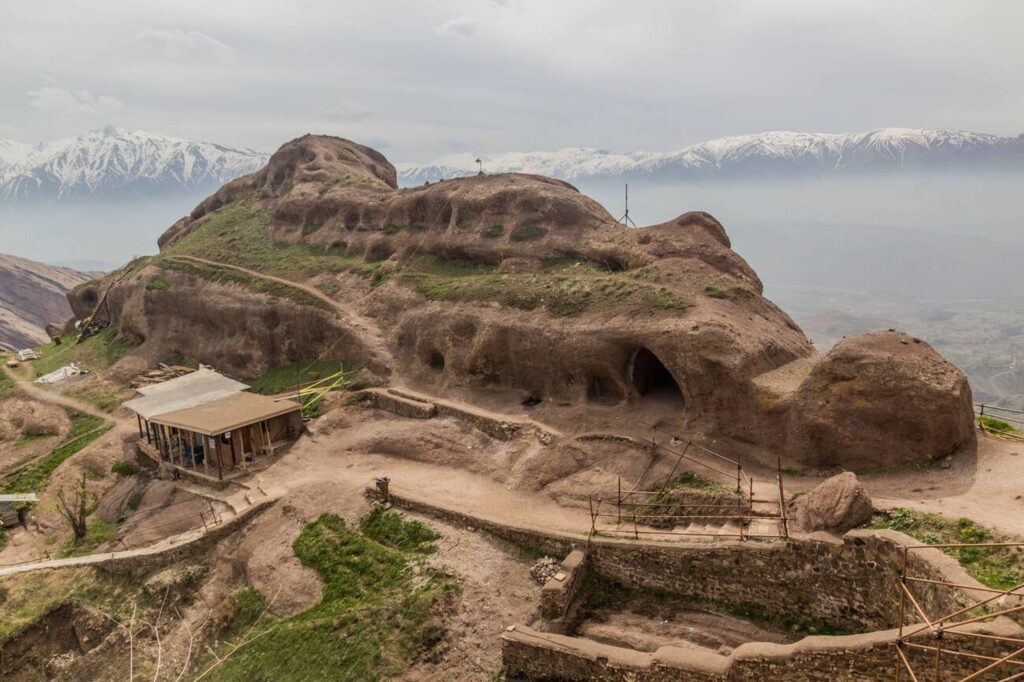
Debunking the Legends
Western travelers like Marco Polo spun tales of Hassan drugging followers with hashish, promising them a paradise of women and wine for suicidal missions. Historians now dismiss these stories as exaggerations. Archaeological studies, including Peter Willey’s 2005 findings, found no evidence of such gardens at Alamut.
The castle’s library and storage facilities, described by chronicler Ata-Malik Juvayni, suggest a disciplined, scholarly community. Yet, these legends inspired modern works like the Assassin’s Creed video game series, cementing Alamut’s mystique.

The Fall of Alamut
How did such a formidable fortress fall? In 1256, the Mongol Empire, led by Hulagu Khan, besieged Alamut. The Nizari Imam Rukn al-Din Khurshah attempted negotiations, dismantling towers to signal submission. However, on November 8, 1256, Mongol forces encircled the nearby Maymundiz fortress, forcing Rukn al-Din’s surrender after a four-day bombardment.
Alamut’s commander, Muqaddam al-Din, complied with the Imam’s orders, allowing Mongols to enter and demolish the castle. Juvayni, a Mongol chronicler, burned the library, sparing only a few works like the Quran. Nearly 100,000 Ismailis perished in subsequent massacres.
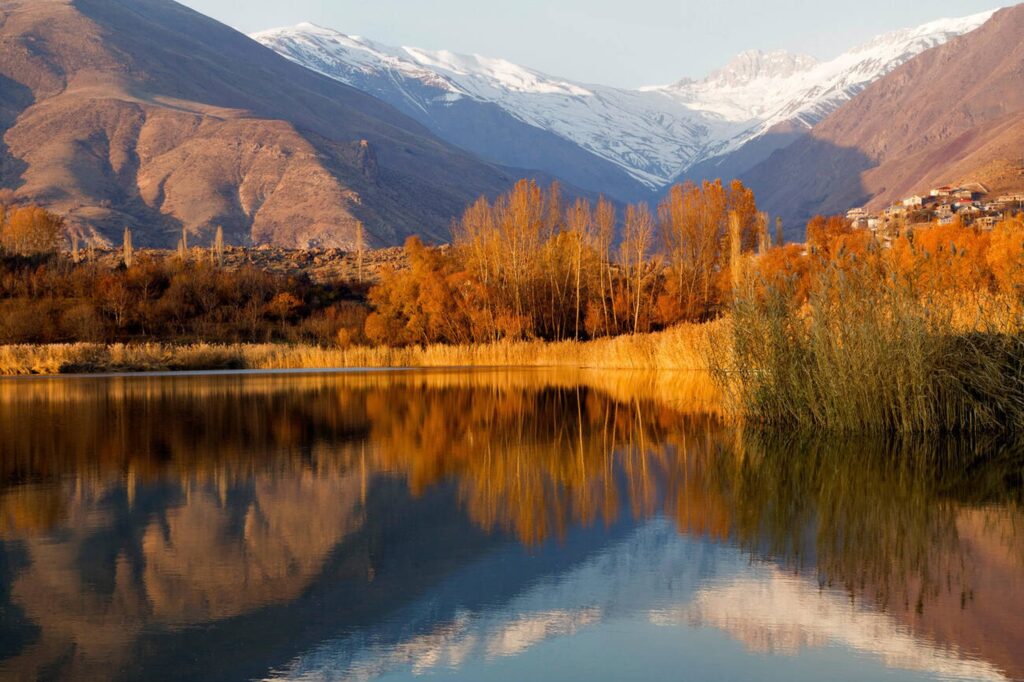
Resilience and Recapture
The Mongol conquest did not end Alamut’s story. In 1275, Nizari forces recaptured the fortress, proving their resilience. However, it fell again in 1282 to Hulagu’s son, relegating it to regional significance. Later, under the Safavid Empire, Alamut served as a prison for political exiles.
Archaeological evidence from 2004, led by Hamideh Chubak, suggests further destruction during Safavid and Afghan attacks. Today, the ruins stand as a haunting reminder of its turbulent past.

Alamut in Popular Culture
Why does Alamut resonate in modern media? Its association with the Assassins has inspired countless works. Vladimir Bartol’s 1938 novel Alamut, set in the fortress, explores Hassan-i Sabbah’s philosophy, influencing the Assassin’s Creed franchise.
The 2010 film Prince of Persia: The Sands of Time portrays Alamut as a mystical city. The 2024 TV series The Assassins delves into the sect’s covert operations, while the Marco Polo Netflix series touches on their influence. These depictions blend fact and fiction, keeping Alamut’s legend alive.
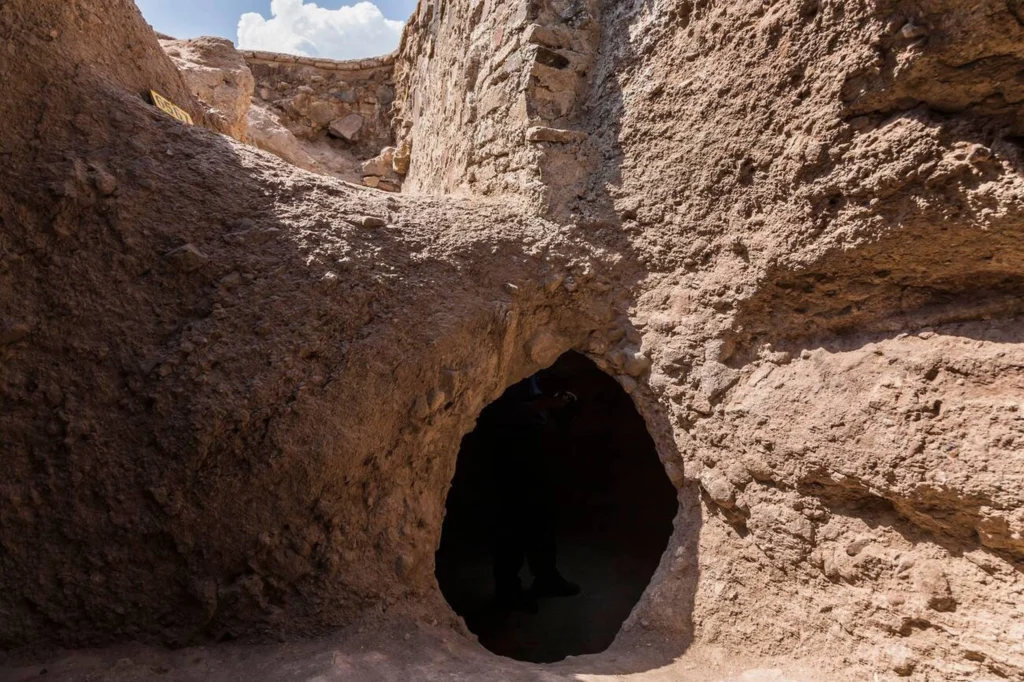
Literary and Gaming Impact
Bartol’s novel, translated into English in 2004, became a bestseller in Slovenia post-9/11, drawing parallels to modern fanaticism. Farhad Daftary’s The Assassin Legends and Marshall Hodgson’s The Secret Order of Assassins offer scholarly insights into Alamut’s history.
In gaming, Assassin’s Creed Mirage depicts Alamut as the Assassins’ headquarters, despite historical inaccuracies. These works invite travelers to explore the fortress’s real story, separating myth from reality.

Visiting Alamut Castle Today
Ready to explore this historic site? Alamut Castle, located 230 kilometers from Tehran in Qazvin Province, sits above Moallem Kalayeh village. The moderate hike to the 2000-meter summit involves climbing 400 stairs at a 35-degree slope, taking 1–2 hours.
Comfortable shoes and water are essential. Late spring and summer offer the best conditions, as heavy winter snow often closes the trail. The panoramic views of the Alborz Mountains reward every step, making it ideal for history buffs and adventure seekers.
Practical Tips for Travelers
The journey from Tehran takes about 4 hours by car. Public transport options are limited, so consider hiring a taxi or joining a guided tour.
The trail requires moderate fitness, and professional training is needed for winter visits. Nearby Ghazor Khan village offers basic accommodations and local eateries. For a seamless trip, plan your visit during clear weather to fully appreciate the castle’s dramatic setting and historical echoes.

Why Alamut Matters to Travelers
Alamut Castle offers more than ruins—it’s a portal to Iran’s complex history. Its story of resistance, intellectual pursuit, and strategic brilliance resonates with those seeking authentic cultural experiences.
First-time travelers can connect with the past by exploring the fortress’s remnants and imagining its vibrant library. The surrounding Alborz Mountains add natural beauty, making it a perfect blend of adventure and history. Whether you’re drawn by the Assassins’ legacy or the castle’s scenic allure, Alamut promises an unforgettable journey.

